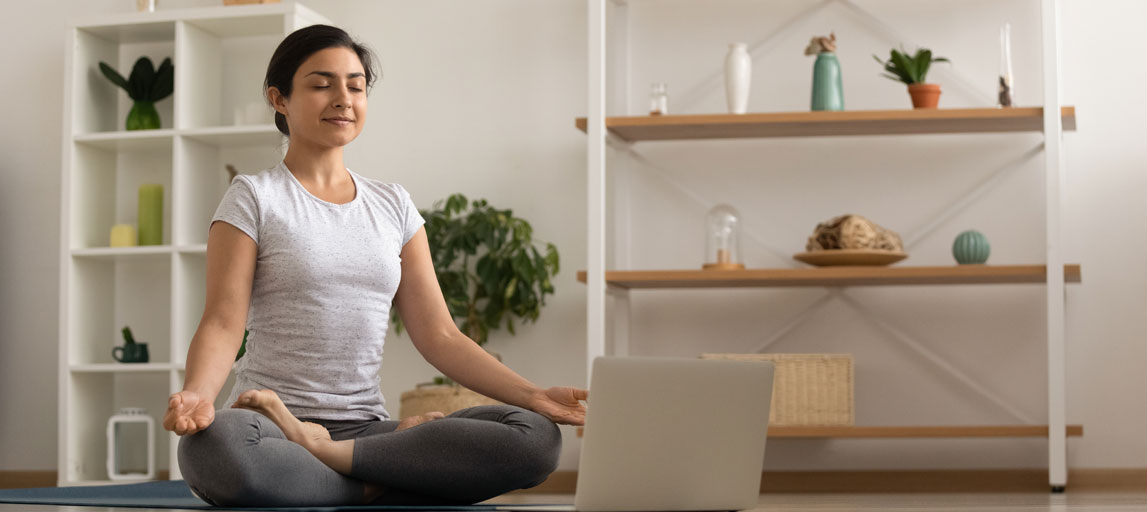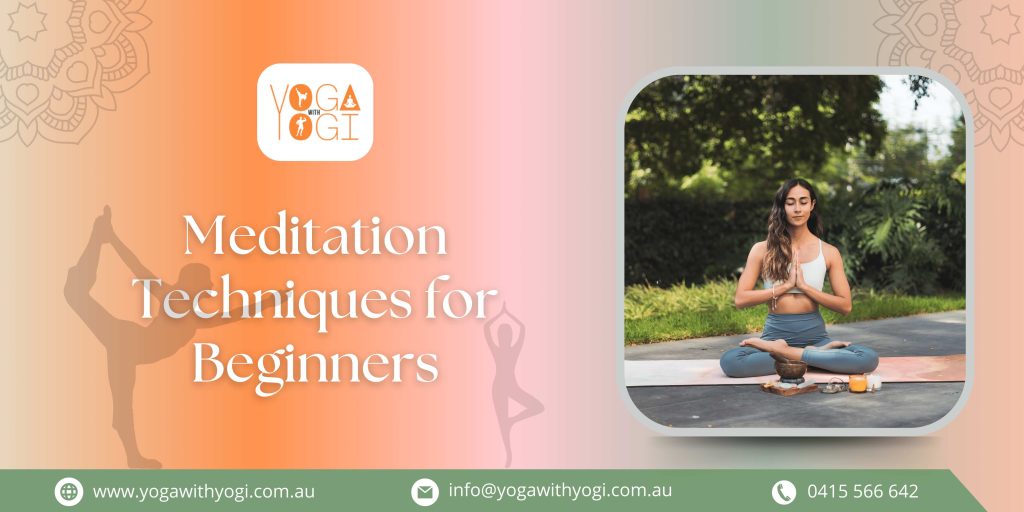In addition to promoting relaxation, meditation is a transformative technique that enhances our overall wellbeing. There are several easy meditation techniques you can start with if you’re new to meditation or have been wanting to learn. For those who have never meditated before, learning the fundamentals of the practice can be quite easy. To various people, the word “meditation” might signify different things. The mentors at Online Yoga Australia can guide you through the different types of meditation, including chanting, spiritual, and relaxation techniques.
In addition to promoting relaxation, meditation is a transformative technique that enhances our overall wellbeing. There are several easy meditation techniques you can start with if you’re new to meditation or have been wanting to learn. The mentors from the yoga classes Sydney can help you guide through the right path.
Diaphragmatic Breathing Technique
This kind of meditation is a variation on belly breathing, which is filling your lungs properly by using your diaphragm and stomach muscles. This technique promotes relaxation, which can help you de-stress and slow your breathing. It can also lower your heart rate.
How to practice: Find a bed or floor that is comfortable for you to lie down on.
Place a pillow between your knees and head (optional).
Place one hand on your stomach, just below your ribs, and one on your chest.
Breathe slowly in through your nose, allowing your stomach to contract and your lungs to fill with air.
Make an effort to hold your hands as still as you can.
As your stomach drops, slowly release the air through your mouth.
Breathe again for three to five minutes.
4-7-8 Technique
This well-liked breathing method can ease tense muscles, promote calmness, encourage mindfulness, and lessen anxiety.
- Position yourself in a comfortable position, such as sitting on a chair or the floor, to begin practicing.
- Take a four-second sniff through your nose.
- Breathe in and out for seven seconds.
- Take a deep breath and hold it for eight seconds.
- Just perform this meditation exercise three to five times at first, then gradually increase the number of repetitions as necessary.
Alternate Nostril Breathing Technique
This meditation method, which has its roots in South Asian yoga, helps regulate breathing, slows heart rate, and enhances cardiorespiratory function.
Practice by finding a comfortable spot to sit.
Close your right nostril gently with your thumb.
Now that your left nostril is open, inhale deeply and release the air through it.
Once you’ve released the breath, cover your left nostril with your right ring finger.
Breathe deeply, then release the air through your right nostril.
After taking a deep breath and exhaling from both sides, you can repeat the procedure as often as needed for a maximum of ten minutes, or until you begin to feel at ease.
Body Scan Meditation Technique
By using this meditation technique, you can bring awareness to various body parts and check in with your mind. Body scans can help in lowering stress levels, releasing physical tension from your body, and enhancing the quality of your sleep.
How to get into it: Allow yourself ten to twenty minutes to finish this meditation method.
You can decide whether to sit up or lie down
When you finish the body scan, it can be good to close your eyes and concentrate on each part of your body.
Pay attention to each body part individually, at your own pace. The idea is to become aware of each of these feelings in that particular body part and use your breath to let go of any tension.
After finishing your head, you might want to investigate how your neck feels (e.g., how tense your muscles are, or how comfortable lying down feels).
As you acknowledge all of the sensations you are experiencing, keep in mind to move mindfully to each body part and to practice your breathing.
Pro tip: To facilitate your body scan, play some calming music in the background or refer to a video.





